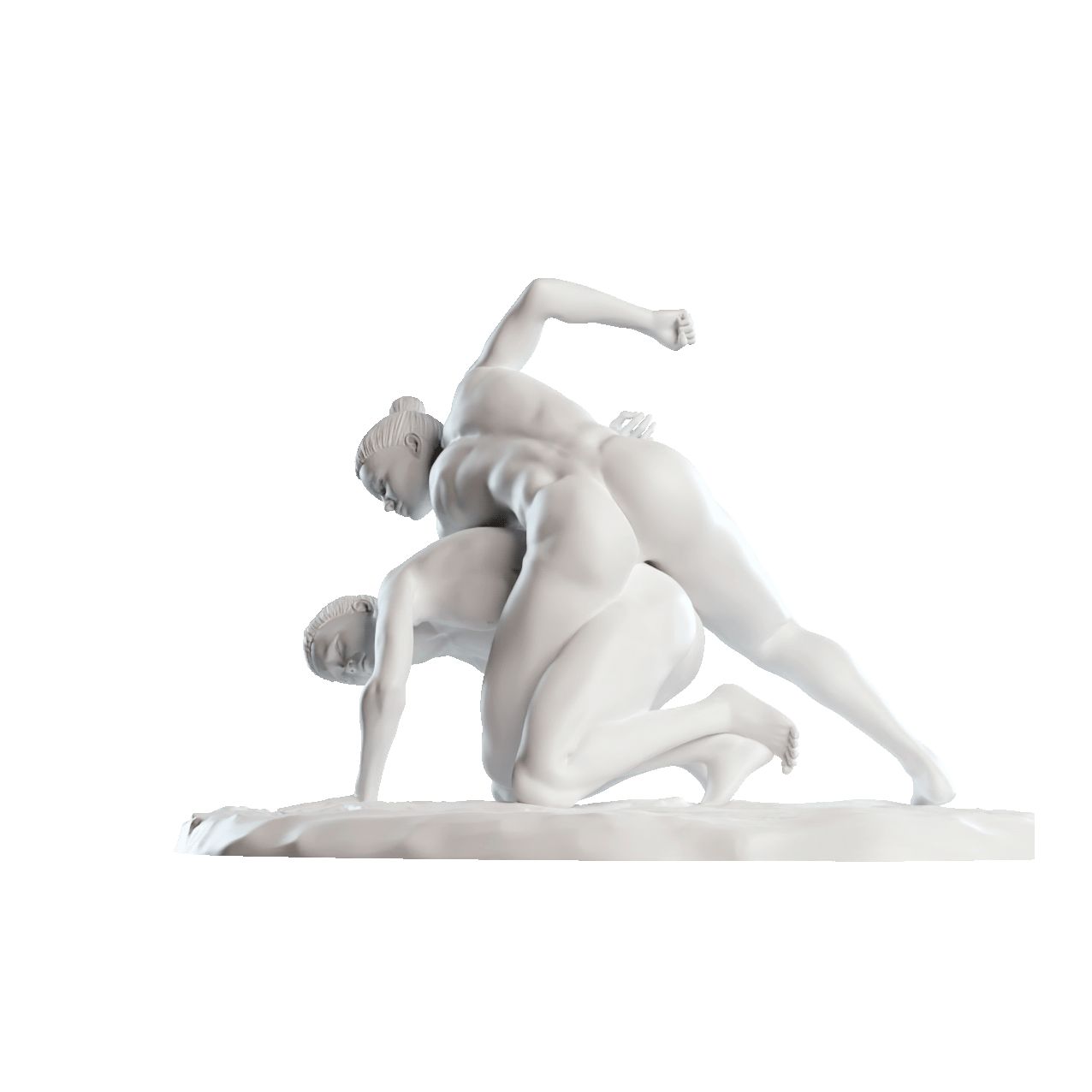
Online exhibition
Plato and the Canary
Plato and the Canary launches you into Oona Libens’ sensuous virtual universe in a dark cave echoing with bird sounds. Using your phone, you watch the shadow of a cloud constantly change – moreover, responding to every breath of air blown on the screen and every movement you make in the physical world.
Boundaries erased
In the dark cave, Libens reminds us how the boundaries between the physical and the virtual realm are gradually erased by the invisible hand of technology, as when we’re streaming Netflix, navigating with Google Maps or using Apple Pay.
The virtual cloud that holds all our pictures and data can seem intangible, weightless and far removed from the physical server farms, cables and satellites that keep it all running. Perceiving only the traces of complex technological solutions, we seem to have accepted that there are many things around us we don’t fully understand.
Digital shadow play
There is something handheld and low-tech about Oona Libens’ work that contrasts with the virtual universe of Plato and the Canary. Known for her poetic approach to science, the artist has explored humanity, the oceans and time by creating shadow plays of physical objects in dreamlike, sensuous projections.
The same concept applies to Plato and the Canary, where a cloud casts its sculptural shadow on the walls of a cave. The work also has an analogue point of departure. The cave was originally made as a plaster model that was then 3D scanned, while the cloud is based on digital image-processing of moss.
Outside the cave
The exhibition’s title alludes to Plato’s famous allegory of the cave. Trapped in a cave, a group of people live in the belief that shadows cast on the wall constitute the real world.
The allegory is clear, almost to the point of caricature. The digital realm, too, can seem like a shadow of the real, physical world. Tongue ambiguously planted in cheek, Libens points out obvious blind spots in our digital world. For a moment, we raise our eyes and see the structures of our virtual day-to-day lives – from the staged world of Instagram and artificial intelligence’s successful blurring of the line between reality and illusion to the extraction of precious raw materials for making smartphones and computers.
Libens’ work may even be the canary testing the oxygen levels further down in the mine.
Virtual Sculptures
Plato and the Canary is part of the Museum of Contemporary Art’s three-year exhibition series Virtual Sculptures, an open collection of digital sculptures free to view and download. The museum released Ditte Ejlerskov’s The Wrestlers in 2021, and Morehshin Allahyari’s Zoba’ah(زوبعة): The Whirlwind in 2022. This year, Plato and the Canary is joining the museum’s collection.
The exhibition launches on 1 February on virtuelleskulpturer.dk and in the meadow app.
You’ll find the link above, when the exhibition opens.

